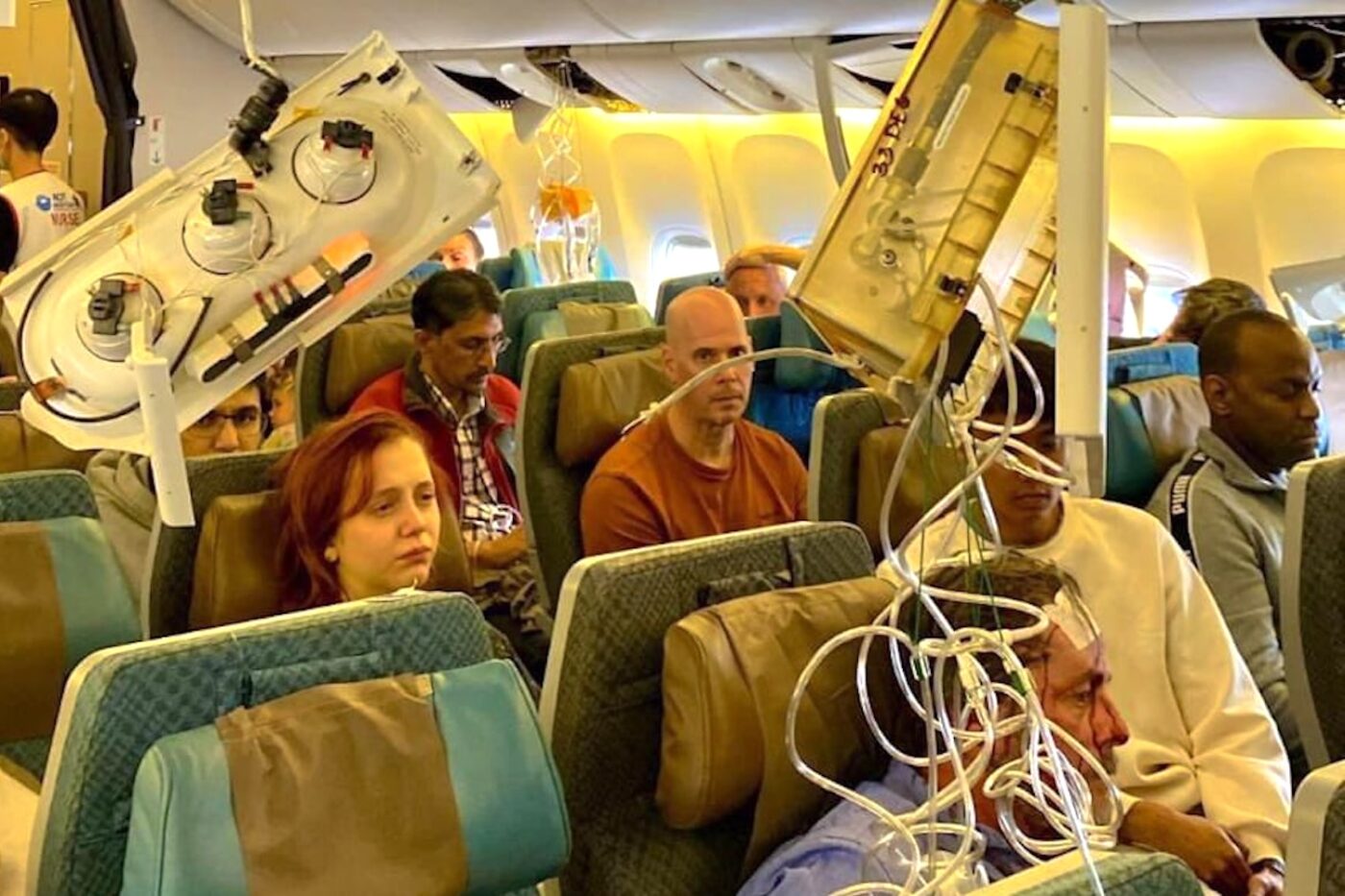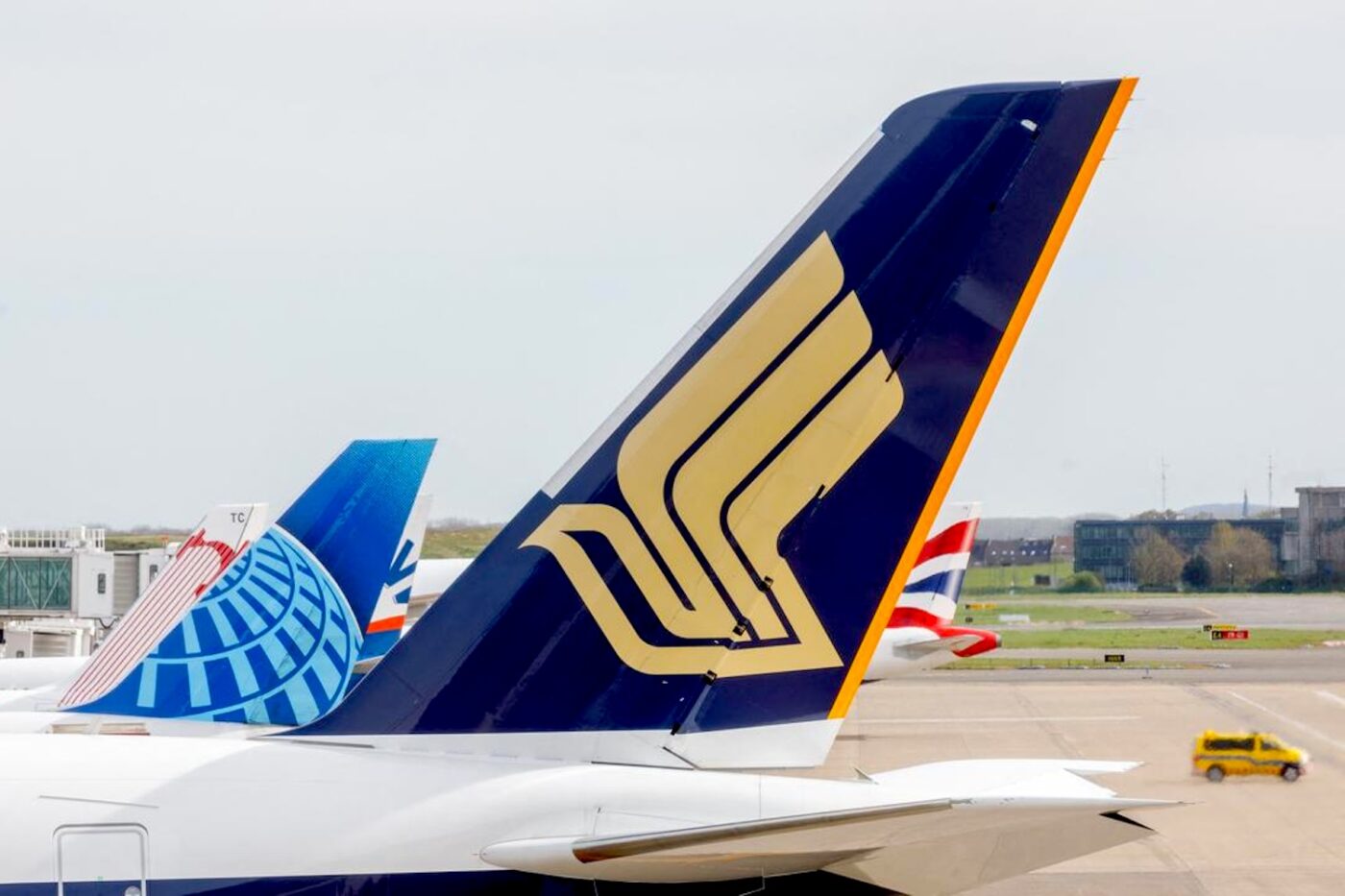The recent Singapore Airlines B777-300ER incident highlights that flying is not a risk-free proposition, even though risk remains incredibly slight. Here are the safest aircraft out there.
How Safe Is Air Travel?
The jet hit “sudden extreme turbulence” over the Irrawaddy Basin and dropped around 5,000 feet in a matter of seconds, killing a British national and severely injuring dozens. In March, a LATAM B787-9 Dreamliner experienced a similar issue, albeit for different reasons and without any fatalities, although some 50 passengers were injured.
Curated news for men,
delivered to your inbox.
Join the DMARGE newsletter — Be the first to receive the latest news and exclusive stories on style, travel, luxury, cars, and watches. Straight to your inbox.
Unfortunate as they are, it’s astounding that we can shoot through the sky in a pressurized metal canister and almost always emerge unscathed. It’s also remarkable that the planes can get put under so much pressure, hold it together and keep flying. It is a testament to the people who design, build, and fly aircraft that millions worldwide use daily that aircraft hull losses and fatalities remain so rare.
Events like this week’s incident onboard Singapore Airlines and the B737-9 MAX door plug blowout earlier in the year make headlines because they are so unusual. Flying remains a supremely safe way to travel. While incidents do regularly occur, fatalities are few. All those shiny new Airbus A220s and NEO types Qantas is bringing in — can you cite the last time one was involved in a crash with fatalities?

No, you cannot because it has never happened. Those unloved B717s QantasLink still fly — not a single one anywhere has ever been involved in a crash that destroyed the hull or killed anyone. Those B717s may not be elegant and lack IFE, but they sure are safe.
Since 1959, Boeing has published an annual summary of commercial jet accidents. The last was published in September 2023 and dealt with accidents until the end of 2022. The aircraft types with the most hull losses and fatalities were older, reflecting the increasing statistical likelihood of an event happening as more time passes and the fact that older aircraft are less technologically advanced.
The Safest Aircraft Models To Consider
However, seven aircraft types still in production have never experienced a hull loss and eight types have never had a crash involving fatalities. If you are a slightly nervous flyer, these are the planes for you – the A220, A380, A350, B717, B747-8, B787, and CRJ700/900/1000. None has ever been involved in a crash causing a hull write-off, let alone a crash causing death.

Qantas operates the B717, B787, A220, and A380. Qantas went all out to get an A380 back in the air after an uncontained engine failure following takeoff from Singapore in November 2010 because neither the airline nor the manufacturer wanted that hull write-off blemish on their record. It’s also a reminder that for all its rolling soap opera dramas, Qantas is fundamentally a good airline with a strong safety focus.
The B737 MAX doesn’t make the grade because of the two catastrophic crashes late last decade caused by faulty software. However, that has since been rectified, and most people don’t blink when boarding a MAX, which several airlines, including Virgin Australia, operate locally. The Royal Australian Air Force is also shortly picking up a couple of VIP-configured B737-8 MAX jets. If it’s good enough for Albo and his sidekicks…
The A340 type, which South African Airways operates on its recently resumed Jo’burg—Perth run has experienced two hull losses but no fatalities. The B737NG jets, including the B737-800s operated by Qantas, Virgin Australia, and Rex, have experienced 22 hull losses involving 10 deaths over the years. However, Boeing has manufactured and delivered over 6,200 of these aircraft over the years, whereas Airbus built two hundred and fifty-one A380s, so it’s all relative.

If you drill down into the model variants, the A320neo and A321neo types made by Airbus and now filtering through to Qantas and Jetstar also haven’t experienced any hull losses or fatalities from crashes. But the older A320-200 types still operated by Jetstar have.
Only a few years ago, a Pakistan International Airlines A320-200 crashed a few kilometres short of the runway at Karachi, killing 98 people. Investigators later attributed the crash to pilot error. In the same year, it was also revealed that multiple PIA pilots had fake qualifications, although that was not an issue with the crew on the doomed PK8303. Still, there is a reason why PIA remains banned from the UK and European Union.
A few simple tricks will keep you flying safe, including wearing seat belts and avoiding certain airlines in certain countries. However, passengers should be confident that travelling on reputable airlines from reputable countries is safe. Singapore Airlines is a stellar airline with a superb safety record, but turbulence cannot always be pre-plotted, and this week’s incident could have happened to any airline anywhere.
It also, once again, reinforces the importance of buckling up when in your seat…

